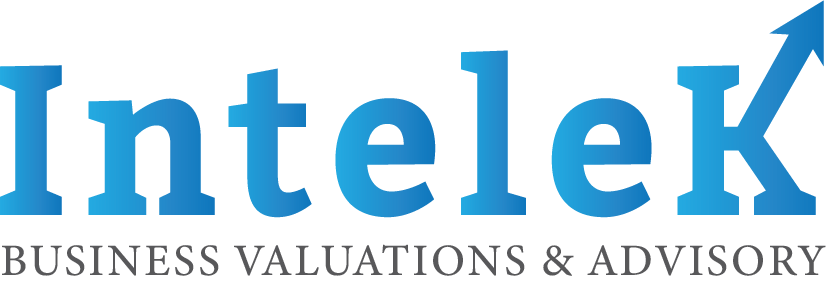Introduction Risk is an unavoidable part of life and is particularly embedded when determining the cost of capital. No investment or valuation is guaranteed, as any prudent advisor or planner will tell you, but quality analysts and investors try to quantify and forecast risk. The core output of the valuation process’ cost of capital is […]
Introduction Calculating the cost of capital is a critical step to come up with an accurate valuation, but many analysts and investors find the process daunting. As much art as science, there are multiple ways to calculate the cost of capital and just as many discrete variables that comprise the calculations themselves. These variables, in […]
How Do I Value My Business? Within industry-accepted frameworks, there are three main valuation approaches, with each approach having various valuation methodologies within it. We’ll keep this article simple, while giving you the insight into how you can view your business in relation to the valuation process. For the most complete and robust valuation process, […]
One of the principal tasks a small business owner must complete often and accurately is business valuation. Yet, for many small business owners, “business valuation” is a loaded phrase, and one to avoid. Frequently, however, this aversion to business valuation is a result of a fundamental misunderstanding. (Keep reading to understand the Definition And Meaning […]
If you are business owner, accountant, investor, or, simply a fanatic of business valuations, and, have ever wondered Why Do I Need A Business Valuation? We encourage you to take a look into this article to solve all of your doubts and questions related to this topic. A major mental block to the (necessary) process […]
In order to understand What Does A Business Valuation Cost, we need to understand the fundamentals of a Business Valuation. Due to this reason, we encourage you to read this article to solve all of your doubts regarding this type of service and its pricing. Business Valuation is the process of finding an objective measure […]
This post will take a dive into the enterprise value concept—an important concept in private business valuations. As its name suggests, enterprise value (EV) is the measure of a company’s total value. It includes all asset claims and ownership interests from both debt and equity holders, thus enabling an investor to compare companies with different […]
A business asset is a resource owned by a business that is expected to generate or provide a benefit (generally in the form of money). An example is a machine (resource) that produces products that are then sold (which generates benefits). Business assets are recorded on the balance sheet and can be classified as current, non-current, fixed, […]
This post will take a dive into the concept of EBITDA, an important metric in private business valuation and analysis. The EBITDA stands for earnings before interest, taxes, depreciation, and amortization. This metric can be seen as a proxy for cashflows from a company’s operations and, therefore, used to analyze a company’s operating performance. The […]
All those assets that a company or a business can easily convert into cash within a short period are known as current assets, and typically this occurs within a 12-month period. They can be utilized to fund business operations and to cover short-term liabilities. These assets continually fluctuate and are updated periodically on the balance sheet. […]










